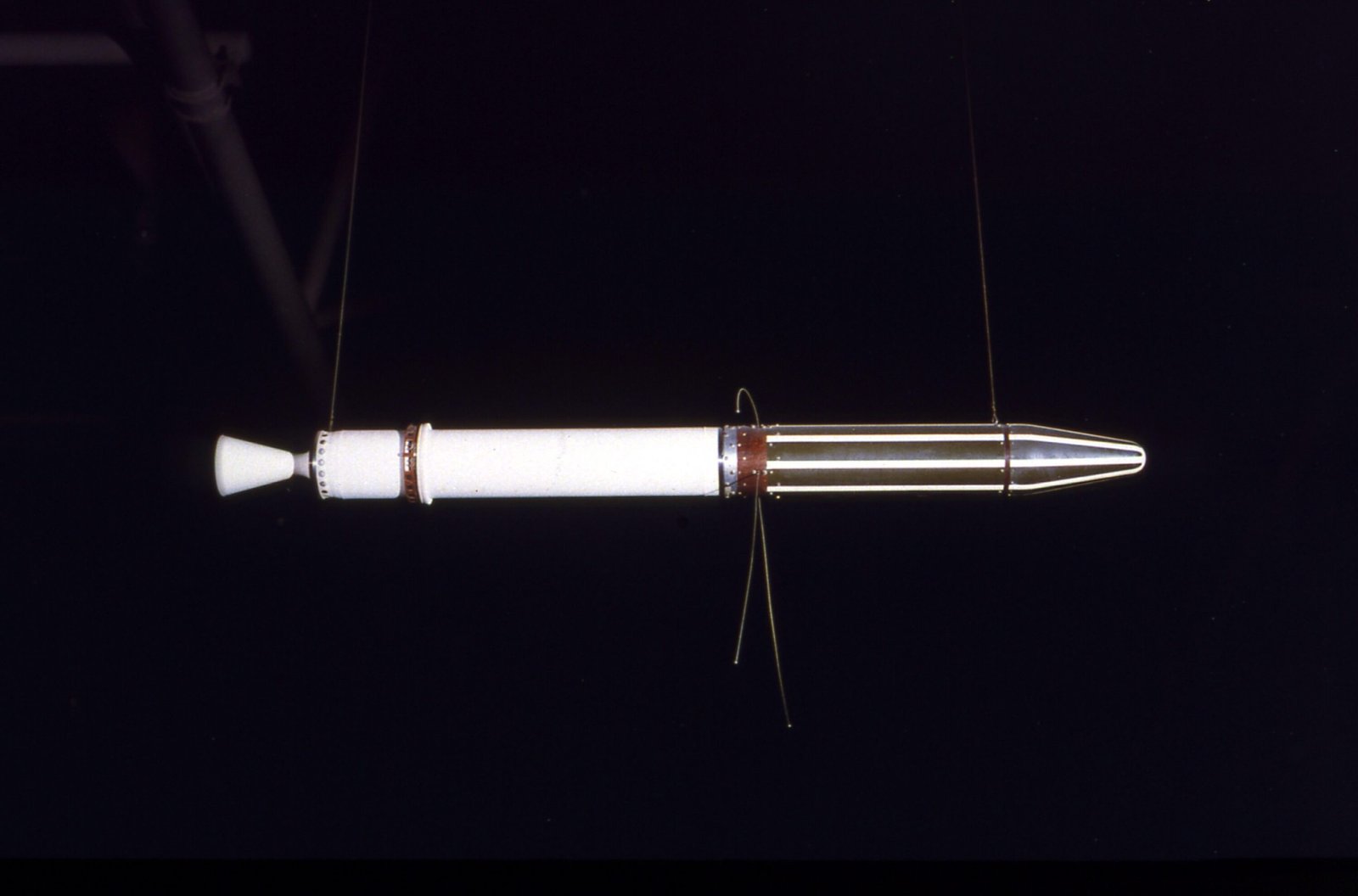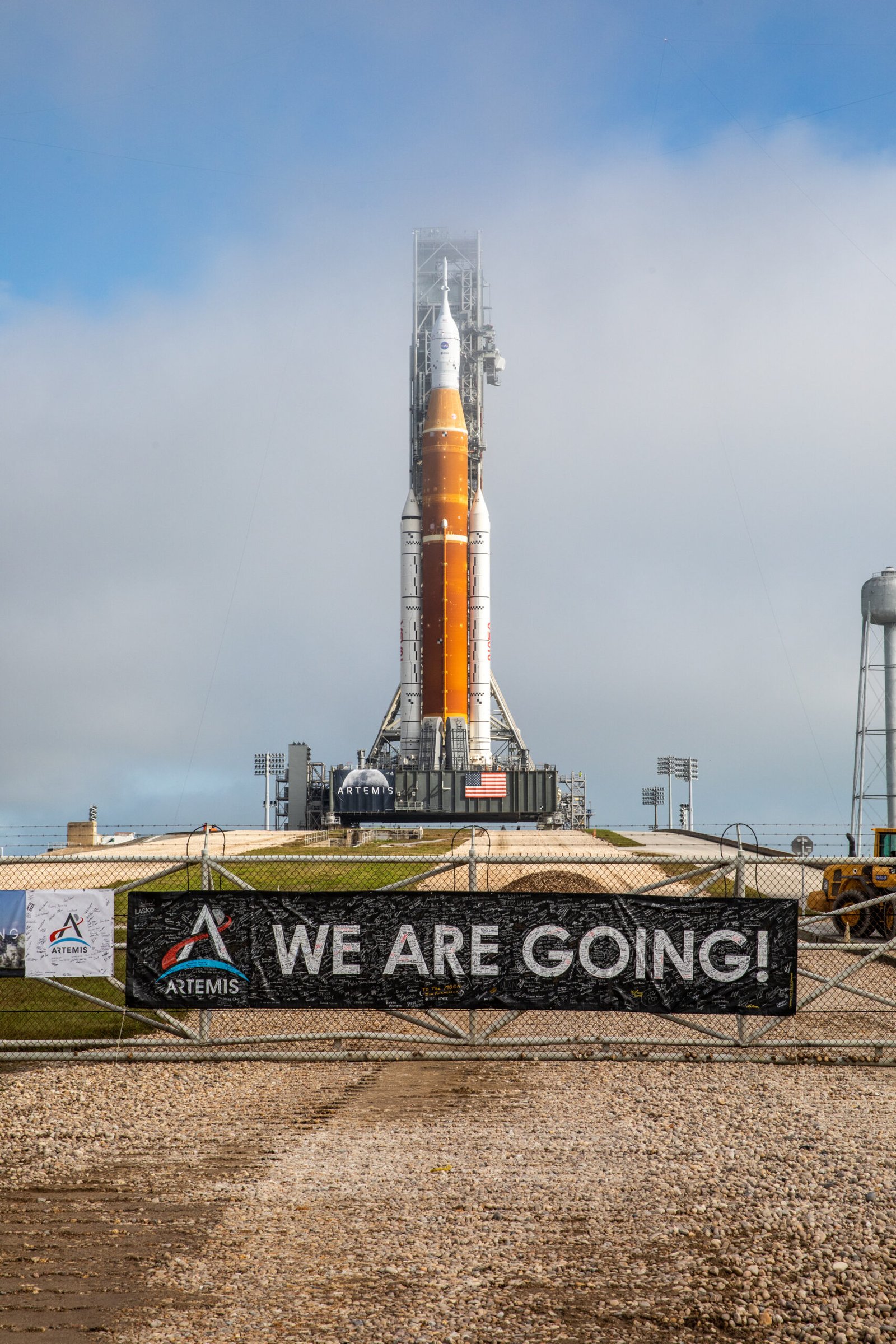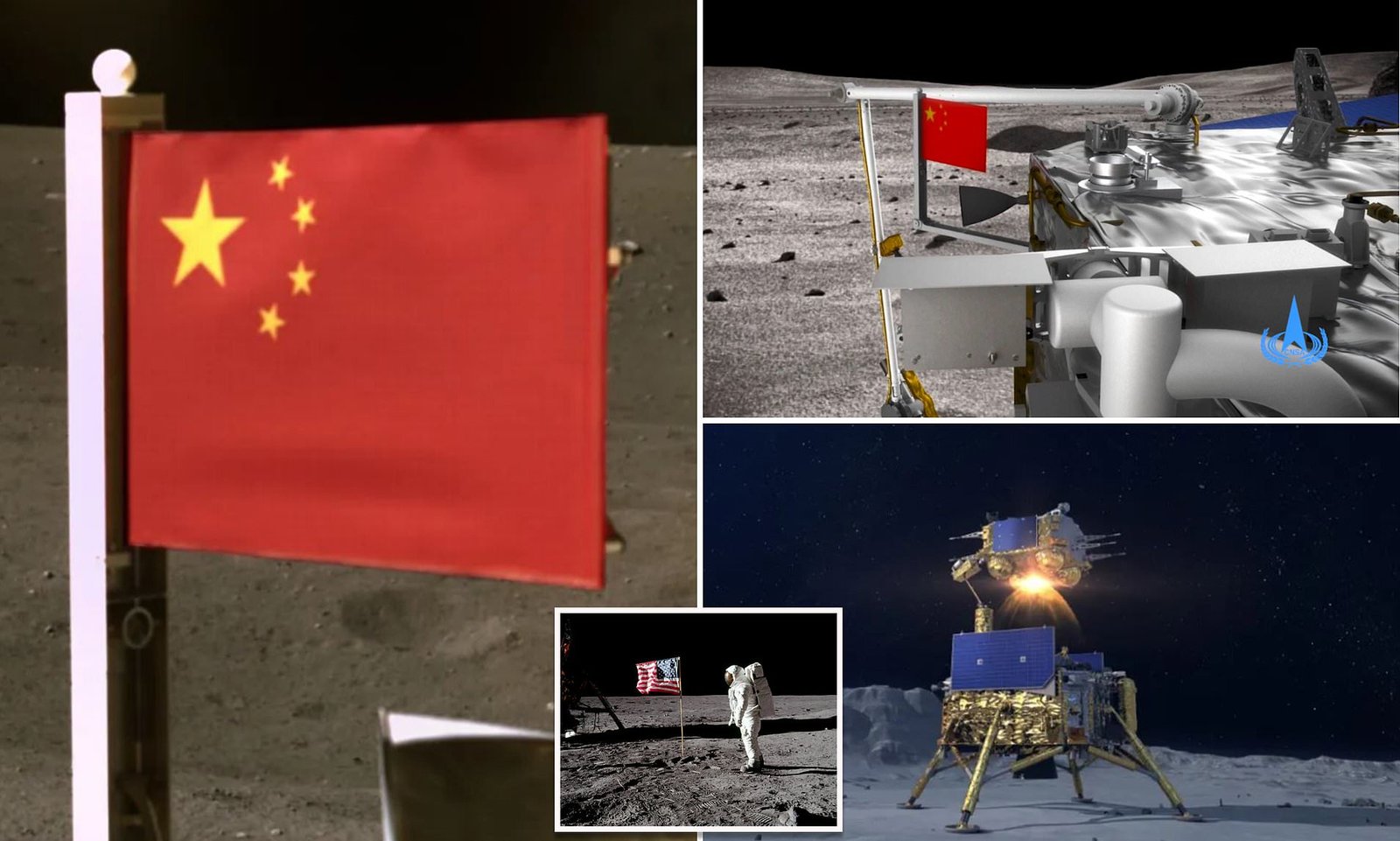3D printing is undoubtedly one of the most exciting advancements of present age. What’s considerably all the more exciting, however, is that this tech is being tried to produce biological materials, as new tissue, organs or veins — in space.
Researchers at University of Zurich have collaborated with NASA space travelers on board the International Space Station (ISS) to grow three-dimensional culture in close to zero gravity.
Basically, they are developing new organs in space utilizing human immature microorganisms sent in test-tubes from Earth.
The expectation is that these undeveloped cells will transform into bone, ligament, and different organs that would then be able to be relocated into patients when need.
Why Space?
Cara Thiel, one of the two scientists from the University of Zurich directing this exploration, clarified that the project is occurring in space to utilize “weightlessness as a tool.”
Oliver Ullrich, who is additionally conducting the examination says that the absence of gravity on board the ISS will be saddled to grow the undifferentiated cells to develop in 3D, as opposed to the “monolayer” 2D structures that structure on Earth.
The future of Bio manufacturing?
Dr. Mike Roberts is the Deputy Chief Scientist at the ISS U.S. Public Laboratory. He says that the space station is basic to the future of bio manufacturing.
“We’ve had the option to develop cells in a lab for well longer than a century”, he notes. “In any case, gravity restricts that development to two dimensions only. Cells can grow outward, however not here and there as they do in the human body. Likewise, lab cells are regularly in contact with the glass or plastic that contains them. However, on board the space station, our investigations will be directed in microgravity. That permits you to assemble your cell models in three dimensions, without being bound to the base of a dish or unfit to develop in contact with lot of different cells.”
In a month-long examination, the ISS astronauts will utilize a “versatile scaled down lab” that was sent on a SpaceX rocket a week ago and all through the researchers will keep a close observation to find out how the undeveloped cells develop.
At the point when the researchers get the examples back, they hope to see the fruitful development of “organoids” – smaller, and simple versions of organs – inside the test tubes.
Organs are made of explicit tissue and most are developed by a complex network of veins that give supplements and eliminate squander from the living cells that make up the tissue.
At the present time we come up short on the capacity and the devices to manufacture these brilliant body tissues however this is actually what bio manufacturing envisions for the future.
Medical Benefits
Another medical advantage to assembling biological tissues in space is the possibility to sidestep the body’s immune system.
Organ transfers of today are from donors and thusly inclined to dismissal in light of the fact that the patient’s body sees the new organ as a foreign object, and their immune system reacts to it.
With the capacity to manufacture tissue in space, a patient’s own cells could be utilized to make their new organ, which may maintain a strategic distance from the body’s rejection.
Moreover, having the option to produce organ-like material might be utilized for other clinical investigations, which would limit the utilization of animals in drug testing and examinations.
Three various type of bio manufacturing labs will be experimented on board the space station by the NASA astronauts. Two will work in a way like a standard 3D printer – they extrude cells in layers to assemble tissue.
The third sort utilizes powerful magnets to situate the cells set up.
Each way to deal with bio printing in microgravity will be accessible to clinical specialists trying to more readily see how to design tissues and organs for use in fixing injury and relieving ailment on Earth.
As Dr. Roberts noticed: “The 3D bio printers speak to forefront advancements that could plainly profit health results on Earth. I figure the capacity to make a completely working human organ will take some time – possibly 10 years or more – yet the information we’ll secure to arrive will likewise make between time benefits as we study cell recovery in space and its application to people on Earth”











